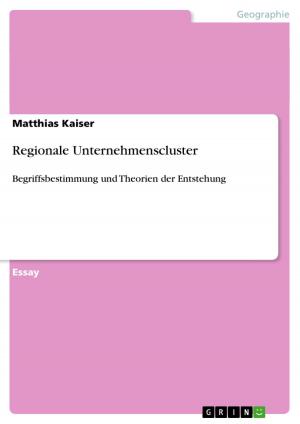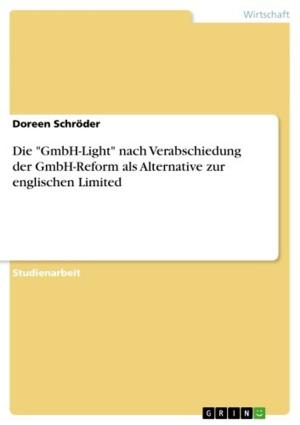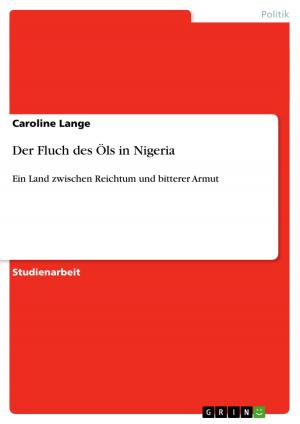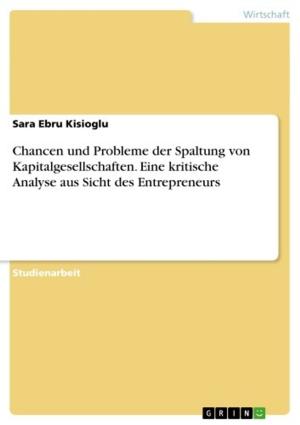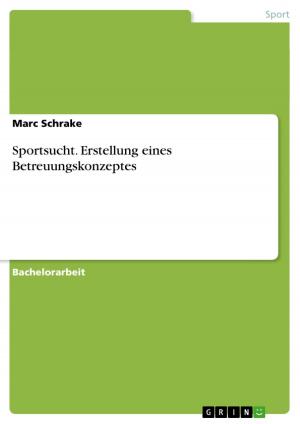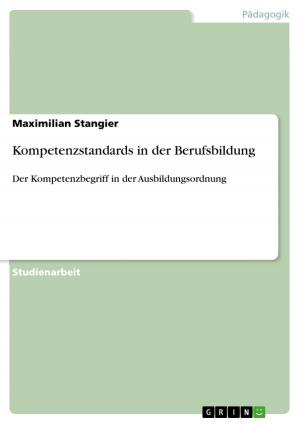Decolorization of Two Azo and Two Anthra- Quinone Dyes from the Dye Effluent using Tunic of Allium cepa derived activated carbon. The Response Surface Methodology
Nonfiction, Science & Nature, Technology, Engineering, Chemical & Biochemical| Author: | Meena Vangalapati, M. Sumalatha, L. Rama Devi | ISBN: | 9783668193987 |
| Publisher: | GRIN Verlag | Publication: | April 12, 2016 |
| Imprint: | GRIN Verlag | Language: | English |
| Author: | Meena Vangalapati, M. Sumalatha, L. Rama Devi |
| ISBN: | 9783668193987 |
| Publisher: | GRIN Verlag |
| Publication: | April 12, 2016 |
| Imprint: | GRIN Verlag |
| Language: | English |
Research Paper (postgraduate) from the year 2016 in the subject Engineering - Chemical Engineering, grade: A, Andhra University (College of Engineering), course: Chemical Engineering, language: English, abstract: The aim of the present study is to optimize and model the removal of Two Azo and Two Anthra-Quinone Dyes from the dye effluent using Tunic of Allium cepa derived activated carbon using RSM. The relationship between dye removal efficiency and three main independent parameters including Temperature, Solution pH and Adsorbent Dosage were evaluated by applying central composite design (CCD) and Box-Behnken design (BBD). Water Has the high importance in industrial ad domestic areas, Where Industries consume a lot of water and releases highly toxic effluents which are really harmful to the environment containing the toxic metals like Cr, Cd, Pd, Ti, Zn and many harmful dyes etc. Textile effluent dyes are targeted I the present work which exist in two forms (i) True Color (ii) Apparent color. There are various dyes used in the textile industries among which majority of dye stuffs are majorly based on azodyes which are used to dye cotton fabric and anthra-quinone dyes. Azo Dyes: Determination of azo dyes are categorized by the presence of (-N=N-) azo group as chromophore. Azo dyes are generally found in synthetic dye classes. Previously azo dyes were applied to cotton which involves the reactions with chemical components which reacts to form the dye into the fiber or on the surface. Primuline red and Para red fall into this group of azo dyes introduces in 1880's.Azo dyes are mostly used in cotton fabric. Anthra- quinone dyes: Determination of anthra- quinone dyes are characterized by carbonyl group (>C=O) as chromophore. Other names of anthra- quinone are anthrachinon, dioxoanthracene and different trade names like Corbit and Hoelite. The dyes like Saffranin, indigo carmine, Alizarin, Red S, Crystal violet were chosen here from the textile effluent for the removal. The source materials used here are natural powders namely Tunic of Allium cepa and its activated carbon.
Dr.Meena Vangalapati M.Tech., Ph.D, Associate Professor, Department of Chemical Engineering, Andhra University College of Engineering (A), Andhra University, Visakhapatnam, Andhra Pradesh, India. She has 13 years of teaching experience and published 60 more Papers published in National and International Reputed Journals, published 7 monographs/Books.
Research Paper (postgraduate) from the year 2016 in the subject Engineering - Chemical Engineering, grade: A, Andhra University (College of Engineering), course: Chemical Engineering, language: English, abstract: The aim of the present study is to optimize and model the removal of Two Azo and Two Anthra-Quinone Dyes from the dye effluent using Tunic of Allium cepa derived activated carbon using RSM. The relationship between dye removal efficiency and three main independent parameters including Temperature, Solution pH and Adsorbent Dosage were evaluated by applying central composite design (CCD) and Box-Behnken design (BBD). Water Has the high importance in industrial ad domestic areas, Where Industries consume a lot of water and releases highly toxic effluents which are really harmful to the environment containing the toxic metals like Cr, Cd, Pd, Ti, Zn and many harmful dyes etc. Textile effluent dyes are targeted I the present work which exist in two forms (i) True Color (ii) Apparent color. There are various dyes used in the textile industries among which majority of dye stuffs are majorly based on azodyes which are used to dye cotton fabric and anthra-quinone dyes. Azo Dyes: Determination of azo dyes are categorized by the presence of (-N=N-) azo group as chromophore. Azo dyes are generally found in synthetic dye classes. Previously azo dyes were applied to cotton which involves the reactions with chemical components which reacts to form the dye into the fiber or on the surface. Primuline red and Para red fall into this group of azo dyes introduces in 1880's.Azo dyes are mostly used in cotton fabric. Anthra- quinone dyes: Determination of anthra- quinone dyes are characterized by carbonyl group (>C=O) as chromophore. Other names of anthra- quinone are anthrachinon, dioxoanthracene and different trade names like Corbit and Hoelite. The dyes like Saffranin, indigo carmine, Alizarin, Red S, Crystal violet were chosen here from the textile effluent for the removal. The source materials used here are natural powders namely Tunic of Allium cepa and its activated carbon.
Dr.Meena Vangalapati M.Tech., Ph.D, Associate Professor, Department of Chemical Engineering, Andhra University College of Engineering (A), Andhra University, Visakhapatnam, Andhra Pradesh, India. She has 13 years of teaching experience and published 60 more Papers published in National and International Reputed Journals, published 7 monographs/Books.

